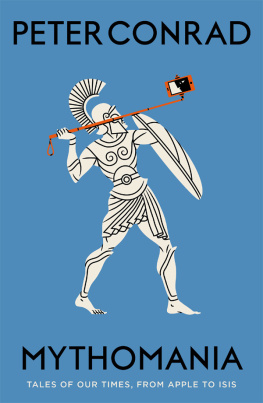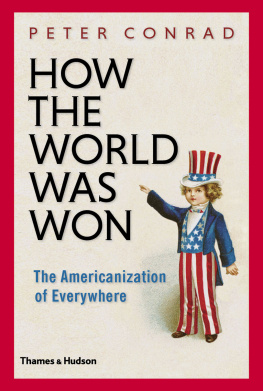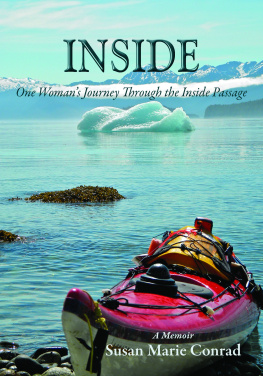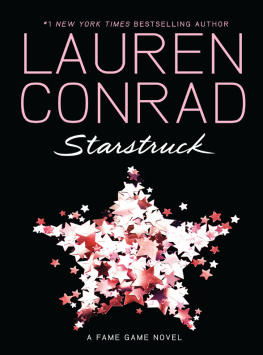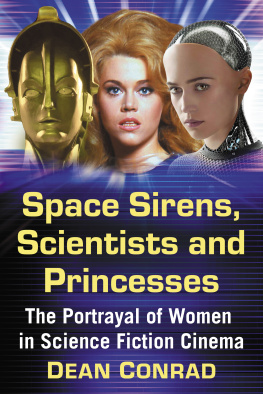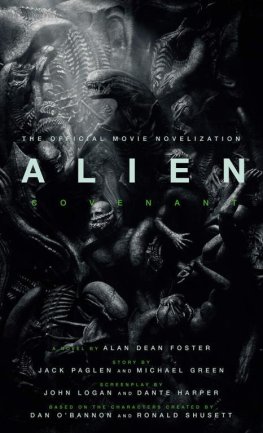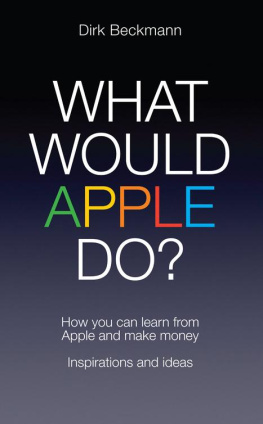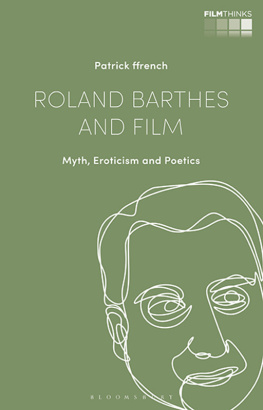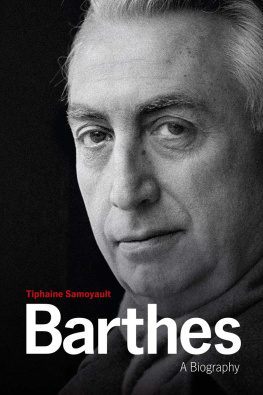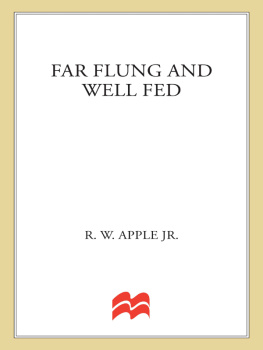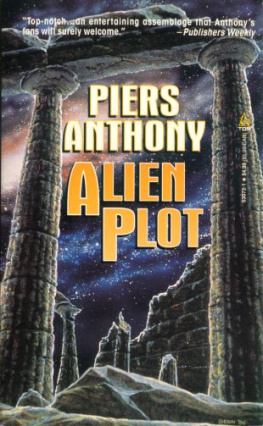
About the Author
Peter Conrad is the author of more than twenty acclaimed books on many subjects. Born in Australia, he taught English Literature at Christ Church, Oxford, for many years and since first acquiring an apartment in Greenwich Village in 1980 has divided his time between London and the United States.
Other titles of interest published by Thames & Hudson include:
Creation: Artists, Gods & Origins
How the World Was Won: The Americanization of Everywhere
Modern Times, Modern Places: Life and Art in the 20th Century
Verdi and/or Wagner: Two Men, Two Worlds, Two Centuries
www.thamesandhudson.com
www.thamesandhudsonusa.com
Contents
Acknowledgments
This book had its origins in a request from David Stenhouse, who in the summer of 2014 asked me to write and present on BBC Radio 4 a series of talks entitled 21st Century Mythologies. Davids idea was to find contemporary equivalents of the subjects whose mystique Roland Barthes examined in his book Mythologies. After some friendly haggling we settled on fifteen topics; I can now hardly remember who suggested what, although it was certainly David who ensured that Nandos remained on the list (and, despite my initial reluctance, I am glad that he did). Davids enthusiasm and his generosity with his own ideas made this one of my happiest and most invigorating collaborative experiences.
Radio 4 has all sorts of people talking all day long, David said at the start. These programmes have to be different: they have to be Barthesian. I secretly quailed at the thought of having to match Barthes exalted intellectual manner, and I was relieved that David allowed me to go my own way. I tried to devise a personal version of Barthes method, but despite my admiration I became increasingly aware of the distance between his times and our own, which made me question some of his attitudes and assumptions. His prejudice against the bourgeoisie now seems quaint, as does his mockery of America; it also worried me that his semiotic theory defined myth too narrowly and ignored its cultural history. My talks developed into a good-humoured argument with Barthes, not an act of mimicry.
They may not have been Barthesian, but they were certainly different, and that seemed to appeal to listeners. After the broadcasts, which were spread over three weeks in late September and early October 2014, David sent me an anthology of comments circulated on social media by members of our invisible audience. Among them was one from a man who called me his mindgasm; more touchingly if a little more tamely a woman told her Facebook friends that one of the talks had cheered her up while she was waiting in the rain for a bus that never arrived. To my delight, a series of monologues had opened out into a conversation.
Unable to leave the subject alone, I decided to make the programmes the basis of a book. Revised, expanded and rearranged into a cumulative story, the radio scripts reappear here. I have added essays on neon, Dubai, Michael Jackson, and the Incredibles, which derive from articles commissioned by The Observer. The remaining chapters on Banksy, Stephen Hawking, Judge Judy, Air Force One, dinosaurs, vampires, technosex, the Pacific garbage patch, and apocalyptic science fiction are new, as are the opening and closing sections, which reflect more generally on the place of myth in our society, our economy, and the political and religious disputes that currently agitate our lives.
Sadly, this is the last book of mine to have been commissioned by Jamie Camplin, who has left Thames & Hudson to resume his own writing career. I look back on our long friendship with gratitude, though that meagre sentence hardly conveys what Jamies support has meant to me: a hug in a Covent Garden street after our most recent lunch said it better. Sophy Thompson, the firms new Publishing Director, has my thanks for taking over the project, and for some astute advice that enabled me, I hope, to improve the text.

Before geography positioned us in space and history kept track of time, myths gave us our bearings, and made us feel at home in the world.
Existence is random, chancy and perilous; we need a sense of purpose, a destiny and a destination. Myths are the stories we tell ourselves to resolve contradictions that we find intolerable. We dislike the idea that we happened into being accidentally in a universe that is the product of a random explosion. We therefore invent a creator who designed nature to serve us and allotted us a privileged place in it. Surely we are not just blundering between one oblivion and another? No, we would rather see life as a journey, perhaps even a pilgrimage or a quest. The necessity of dying predictably outrages us. Its a simple matter to overleap that obstacle by imagining an afterlife.
We protect these deluding, comforting tales from scrutiny by treating them as wisdom handed down from on high. At best, however, they are supreme fictions, exercises in rationalizing a world that remains unreasonable.
The first myths were symptoms of fear. Our remotest ancestors kept watch on the sky and guessed at its moods. Weather issued verdicts that were usually critical: a lashing downpour, dyspeptic thunder, angry lightning bolts. Disasters had to be astrological, the result as the word itself proclaims of a disagreeable or ill-disposed star. Only if some higher power were appeased would the winter end.
Eventually human beings crept out of the woods and looked around with clearer eyes. Now, after uncountable millennia, we live in culture not nature, in an environment we have fabricated. We may have outgrown our cowering reverence for the gods who determined natures unforgiving rules, but we are more than ever at the mercy of myths, which tug at us subliminally. We are no longer so alert for signs from above, but signals at ground level still do their elementary job of telling us to stop or go, to turn this way or that, and we follow their orders because they trigger ancient, ingrained connections. Green equals bucolic calm, red warns of danger; perhaps when the colours change at the street corner we dimly recall a paradise garden and an inferno. Science, technology and contemporary atheism have not yet entirely enlightened our fantastical, traumatized minds.
Biblical fables cast a lingering shadow. The first myth revived and reinterpreted in this book is that of Eden, although the garden now sprouts inside a slim silver case. The last is Armageddon, which for many people today has become a longed-for consummation, not a terrifying last judgement. In between comes a man who saw himself as a Messiah from another planet and explained that he had descended to earth as a healer. Somewhere else in the book, Messiah is the name given to a spacecraft that carries a team of human beings in the opposite direction: they are sent into deep space to dispose of a comet that threatens our earth. Do we still need a saviour, now that we have astronauts to perform such tasks?
Science at its most advanced continues to operate under the aegis of myth (and that aegis is itself mythological, because the word refers to the protective shield held up by Zeus or Athena). One cosmologist hopes to understand what God was thinking as the universe was combustibly created; another worries about the wisdom of experimentally re-enacting the moment when subatomic particles first exploded into life. Luckily a so-called symbologist, who has revised the Bibles account of Christs sex life and located the whereabouts of the Holy Grail, is on hand to prevent a nuclear disaster. This book contains a glimpse of heaven, located on the upper floors of a high-rise building, and a brief descent into a foul, grease-choked hell beneath city streets.
Next page
